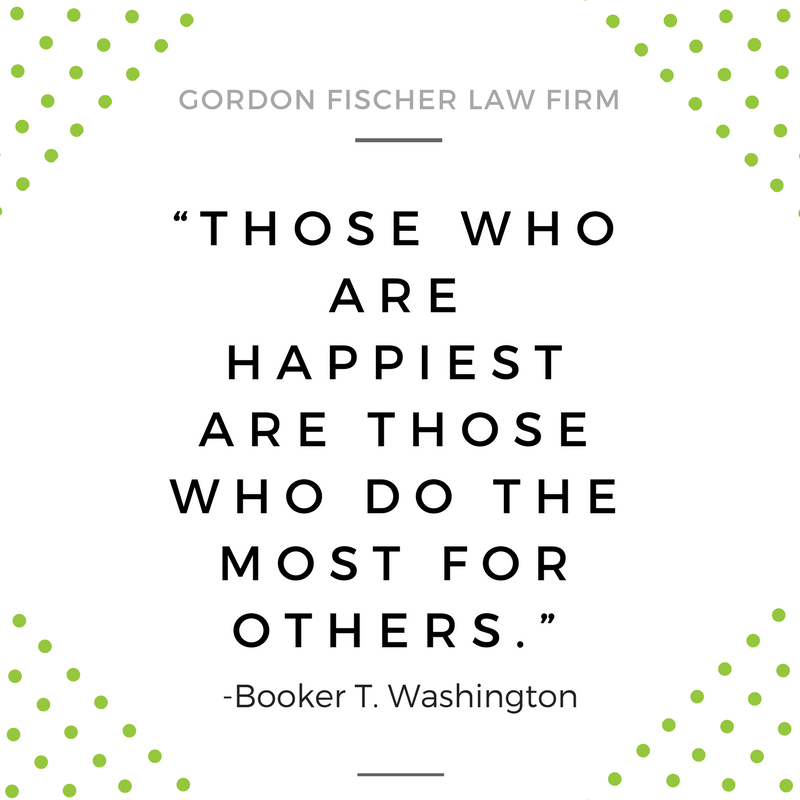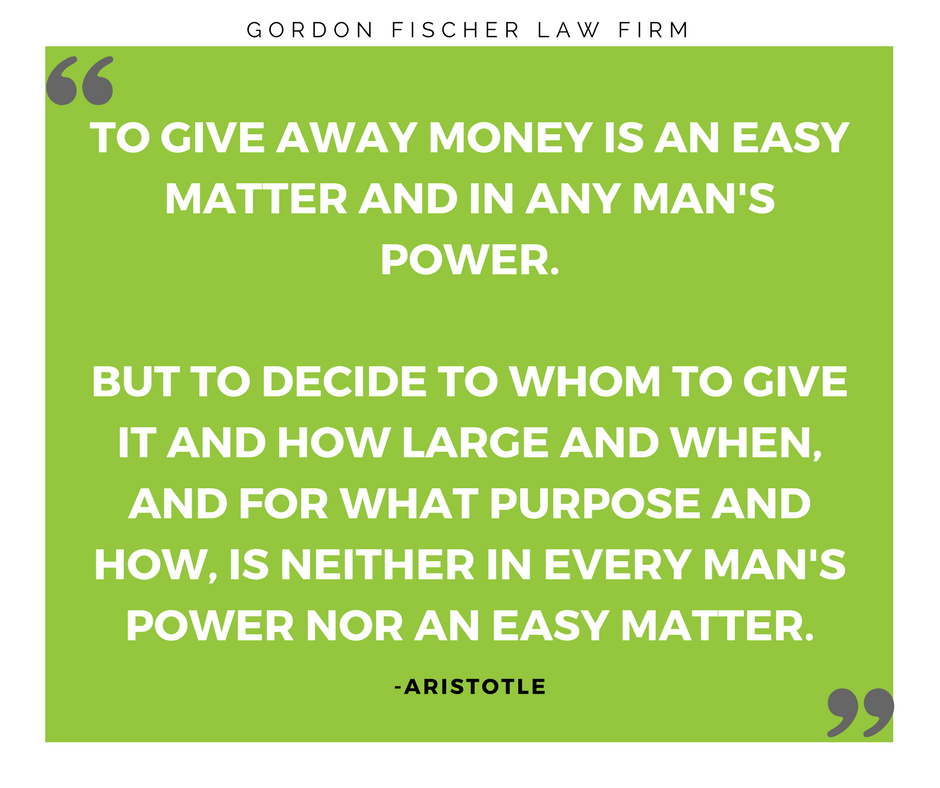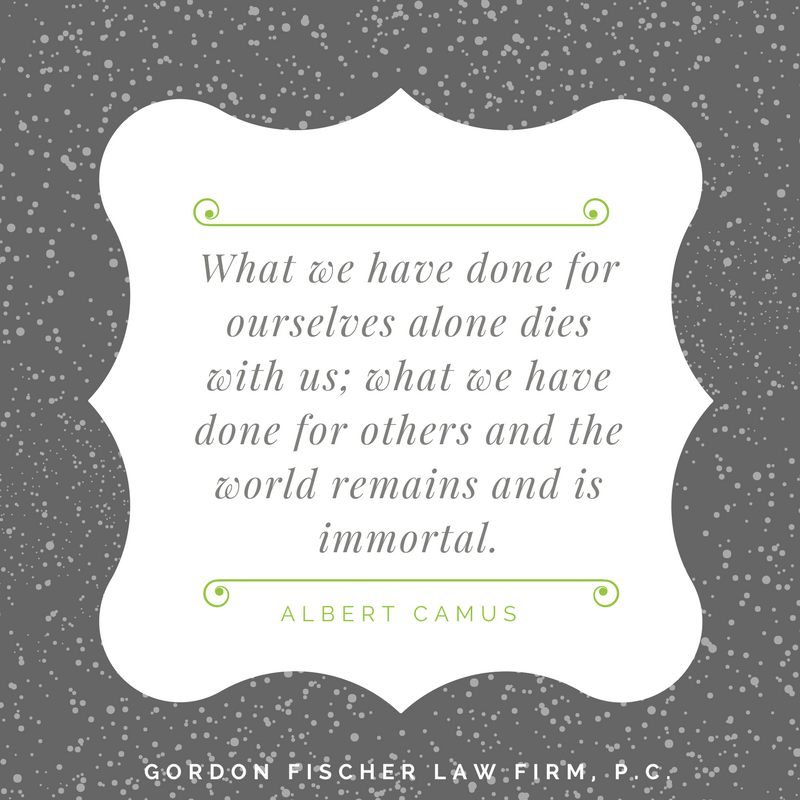If your nonprofit has an endowment, I recommend adopting and implementing an endowment policy handbook. The benefits of this handbook are numerous. For one, it can best prepare the nonprofit’s leaders to manage and put to use bequests of all sizes. Furthermore, a pre-established set of policies can help your organization avoid legal missteps and other conflicts.
Answer the Important Questions
Endowed funds bring special responsibilities: legal, financial, and ethical. There are many important questions which can only be resolved by:
- a full discussion and informed decisions by board members;
- the members adopting written and specific policies in clear, plain language; and
- putting those policies in a coherent, consistent, and accessible handbook.
In this way, all the many and varied responsibilities of endowed funds will be met. Once legal, financial, and ethical duties are met, the nonprofit can use the endowed fund to effectively grow the organization’s programs, support the mission, and aid the organization’s longitudinal viability.
Recommended Content for the Endowment Policy Handbook
Just like your employee handbook, the set of policies related to the organization’s endowment should be specific to your operations, intentions, and goals. There is no one-size-fits-all document, as what may make sense for a large nonprofit would not apply at all to a small one. (This is a good reason to not steal a template from the internet as it likely won’t serve its purpose and could potentially make things even more confusing.) In general, however, there are some recommended provisions that should be in all handbooks, like the following:
Definition of Terms
Basic terms, like the word “endowment” itself, need to be defined. The same goes for restricted versus unrestricted funds, donor intent (to contribute to the endowment rather than other funds), and others.
Types of Gifts
What types of gifts will be accepted for endowment contributions, and under what circumstances?
Donor Recognition for Endowments
Will there be a different or special procedure for donor recognition when a donor gives to the endowment?
Confidentiality
Confidentiality of private information of donors and potential donors to endowment must be maintained. What’s the specific process for doing so?
Uniform Prudent Management of Institutional Funds Act
Rules which ensure the requirements of the law UPMIFA are fully meet, if not exceeded.
Accounting of Endowment Funds
How will financial standards be applied to endowment funds? Who specifically will ensure the appropriate and proper accounting of endowment funds?
Management of Endowment Funds
The management of endowment funds is to provide consistent sources of income for which programs or activities?
Investment of Endowment Funds
Is the investment of the endowment directed toward maximizing the return of principal while maintaining prudent fiscal guidelines? A basic question for both the management and investment of endowed funds is: what institution shall hold the funds?
Restrictions of/on Endowment Funds
Endowment funds can NOT be spent on certain categories or items. What are they?
Revision or Amendment
In the future, how can the endowment policies handbook be revised or amended, under what circumstances, and for what reasons?
It’s also a smart idea to include a copy of the Endowed Fund Gift Agreement you have donors sign when making a gift to the endowment.
Drafting Your Endowment Policy Handbook
I would be happy to discuss the particulars of your organization to ensure your endowment policy handbook is tailor-made to set the organization and its fundraising efforts up for success. Contact me with your questions and thoughts! One thing is for certain–you shouldn’t be managing an endowment fund without having a clear blueprint for how it should run.




























 Giving is a privilege
Giving is a privilege


